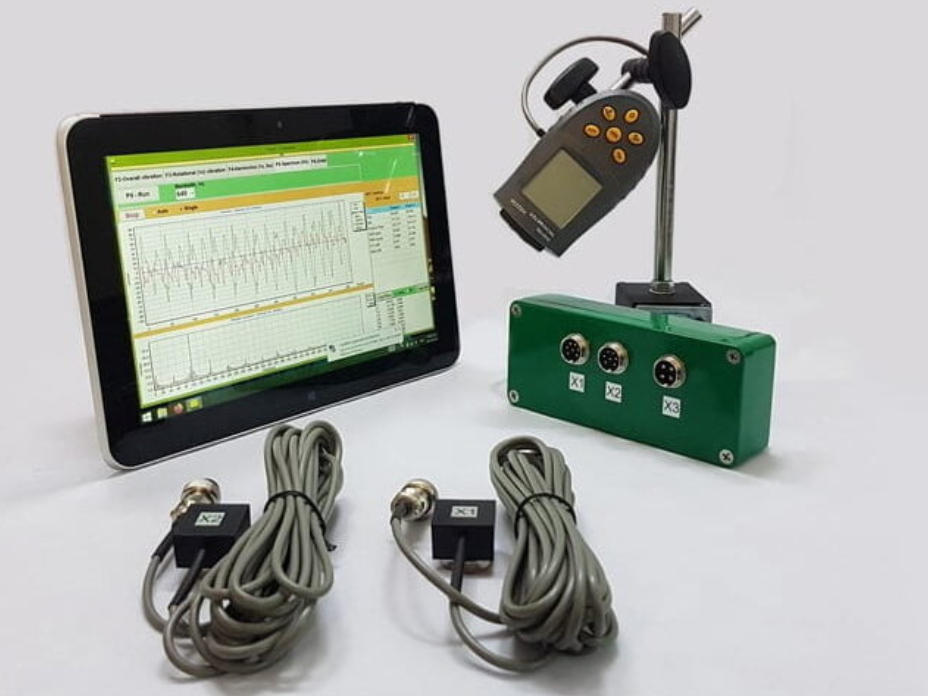Krispy Kreme bets on easing curbs, new menu items to forecast higher revenue By Reuters


© Reuters. A Holiday variety box is pictured outside a Krispy Kreme Doughnuts store in Burbank, California, U.S., July 1, 2021. REUTERS/Mario Anzuoni/Files
(Reuters) – Krispy Kreme Inc forecast a 23% surge in annual revenue, betting on new menu items like cotton candy and caramel popcorn doughnuts to draw in customers as pandemic curbs ease.
Shares rose about 3% in extended trading, after it also beat second-quarter revenue estimates in the first earnings report since its return as a listed company in July.
Major U.S. restaurant chains including McDonald’s Corp (NYSE:), Starbucks Corp (NASDAQ:) and Chipotle Mexican Grill Inc (NYSE:) have marked a surge in sales, as curbs on travel and restaurant capacity ease and more people return to offices.
In step with rival fast-food joints, Krispy Kreme has also ramped up its menu offerings to attract returning customers, helping the “Original Glazed” doughnut maker forecast annual net revenue to increase between 19.4% and 23% to between $1.34 billion and $1.38 billion.
Krispy Kreme also said it expects to pay an initial cash dividend of 3.5 cents per share for the quarter ending Oct. 3.
Net revenue rose 42.6% to $349.2 million in the second quarter ended July 4. Analysts had forecast revenue of $333.4 million.
Excluding items, it earned 13 cents per share, a cent short of estimates, according to IBES data from Refinitiv.
Fusion Media or anyone involved with Fusion Media will not accept any liability for loss or damage as a result of reliance on the information including data, quotes, charts and buy/sell signals contained within this website. Please be fully informed regarding the risks and costs associated with trading the financial markets, it is one of the riskiest investment forms possible.







